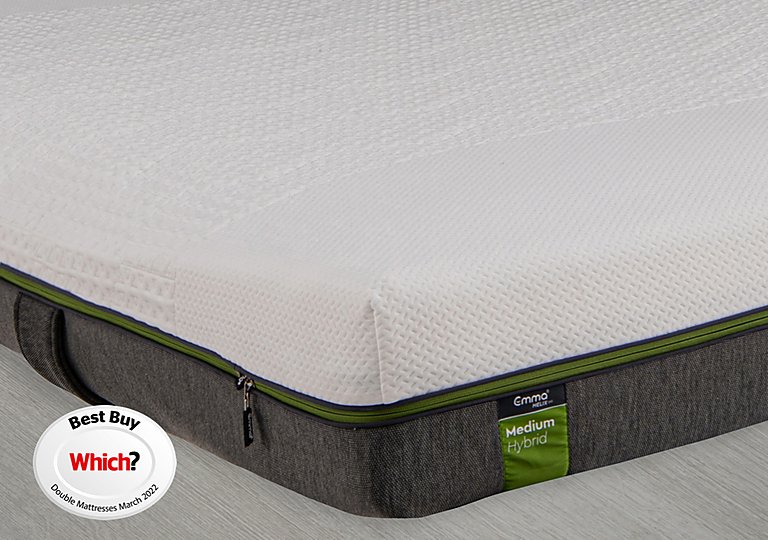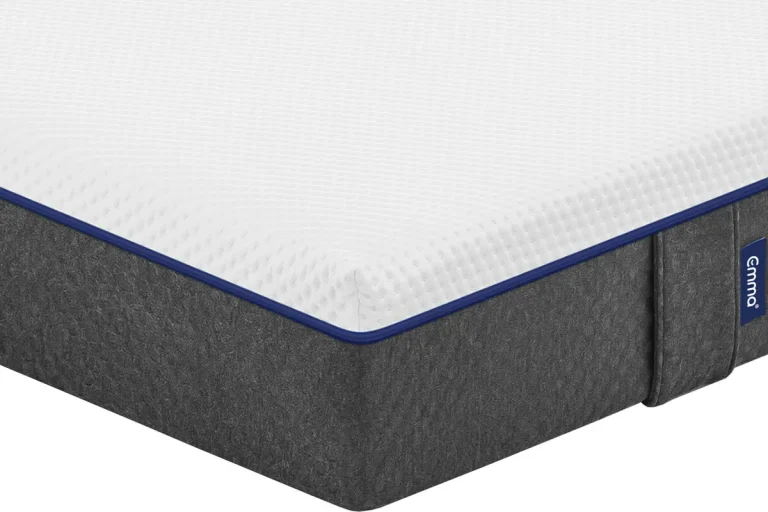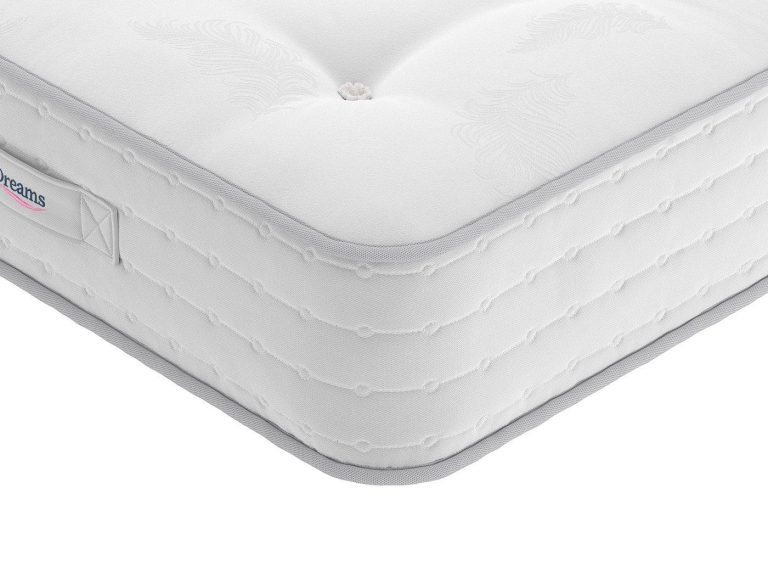Table of Contents
ToggleCan You Sit on the Side of a Memory Foam Mattress? Explained by Experts
Introduction:
Memory foam mattresses have become increasingly popular in recent years, thanks to their ability to provide superior comfort and support for a good night’s sleep. However, some people wonder if they can sit on the side of a memory foam mattress without damageing it. In this article, we will explore this question in-depth so you can understand the truth behind it.
Understanding Memory Foam Mattresses
Memory foam is a type of foam that conforms to your body’s shape, providing excellent support and pressure relief. This type of foam was originally developed by NASA to improve seat cushioning and crash protection for airline pilots and passengers.
Memory foam mattresses are made from this same material, which provides a more comfortable sleep experience than traditional innerspring mattresses. They also help distribute your weight evenly across the mattress, reducing pressure points and minimising motion transfer, making it a popular choice for couples.
Benefits of Memory Foam Mattresses
- They provide superior support and comfort, reducing pain and stiffness in the body.
- They conform to your body’s shape, ensuring a customised sleep experience.
- They minimise motion transfer, making them ideal for couples.
- They are hypoallergenic and resistant to dust mites, making them a good choice for people with allergies.
- They are durable and long-lasting, making them a good investment in your sleep health.
Can You Sit on the Side of a Memory Foam Mattress?
Yes, you can sit on the side of a memory foam mattress, but it’s not recommended to do so for extended periods. The foam in memory foam mattresses is designed to react to your body heat, weight, and pressure, which means that when you sit on the edge of the mattress, it can cause compression in that area. This compression can cause the foam to lose its shape, resulting in sagging or indentation in the mattress.
Sitting on the side of a memory foam mattress occasionally won’t cause any damage, but if you do it frequently, it can reduce the lifespan of your mattress. This is particularly true if you are heavier, as the additional weight can cause even more compression in the foam.
How to Care for Your Memory Foam Mattress
To ensure your memory foam mattress lasts as long as possible, it’s essential to care for it properly. Here are some tips to keep in mind:
- Rotate the mattress regularly: Memory foam mattresses can develop indentations over time, so it’s important to rotate them every three to six months to distribute the wear and tear evenly.
- Avoid jumping on the mattress: Memory foam mattresses are not designed for jumping or other high-impact activities, so it’s best to avoid them.
- Keep the mattress clean. To prevent dust mites and other allergens from building up, it’s important to keep your mattress clean. You can do this by vacuuming it regularly and using a mattress protector to keep it free from spills and stains.
Frequently Asked Questions
Q: Can you sleep on the side of a memory foam mattress?
A: Yes, you can sleep on the side of a memory foam mattress without damaging it. In fact, memory foam mattresses are designed to contour to your body’s shape, providing customised support and comfort.
Q: How long do memory foam mattresses last?
A: Memory foam mattresses can last up to 10 years or more, depending on how well you care for them. Rotating them regularly, keeping them clean, and avoiding high-impact activities can help prolong their lifespan.
Tips for Sitting on the Edge of a Memory Foam Mattress
If you need to sit on the edge of your memory foam mattress, there are some tips to keep in mind to prevent damage:
- Avoid sitting on the same spot for an extended period.
- Don’t sit on the edge frequently, as this can cause compression in the foam.
- Distribute your weight evenly by sitting in the middle of the edge rather than just one spot.
- Consider using a chair or a stool instead of sitting on the edge of the mattress.
What to Do If Your Memory Foam Mattress Develops Indentations
If your memory foam mattress develops indentations over time, don’t panic. It’s normal for foam mattresses to develop some wear and tear over time, but you can take steps to restore it:
- Rotate the mattress: By rotating the mattress, you can help distribute the wear and tear more evenly.
- Use a mattress topper: A mattress topper can provide an extra layer of support and help reduce the appearance of indentations.
- Contact the manufacturer: If your mattress is still under warranty, contact the manufacturer to see if they can help you.
Conclusion
In conclusion, sitting on the side of a memory foam mattress occasionally won’t cause any significant damage, but it’s not recommended to do so for extended periods. It’s essential to care for your memory foam mattress properly to ensure its longevity. Rotating the mattress, keeping it clean, and avoiding high-impact activities can help prolong its lifespan. By following these tips, you can enjoy the benefits of a memory foam mattress for years to come.


























































